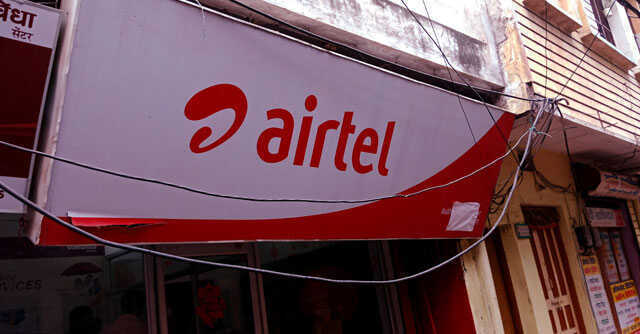
Airtel to decide on 5G rural rollout after mapping urban India by March 2024: Vittal


India’s no 2 carrier Bharti Airtel will decide on the pace of expanding its 5G services beyond urban India on the pace of 5G smartphone adoption in these areas, managing director and chief executive officer Gopal Vittal said at the carrier’s earnings call on Wednesday post its December quarter results.
The carrier intends to cover all urban cities and towns in India by March 2024, but it has yet to give a projection of when it intends to provide 5G services coverage to all of India. Its rival, No 1 carrier Reliance Jio, has targeted pan-India 5G coverage by end of 2023.
“The rollout is going to happen across urban India by March 2024, the pace of the rollout beyond urban India is something that will be dictated by how the 5G devices shape out,” Vittal said, noting that 5G enabled smartphones were at 11% of total smartphones, which could rise to 20% by March 2024, even as 5G handset adoption had risen to 35-40% of quarterly shipments.

“We have to look at where the devices are likely to come over the next six to nine months and plan a rollout, in addition to the coverage that we will provide in whichever cities that we have decided to go,” he said, underscoring the variance of 5G ready devices across geographies. In metros like Delhi, about 15% of smartphones were 5G ready, while in some states like Bihar, the penetration would be about 9%, he said.
The Sunil Bharti Mittal promoted telecom services provider has extended the entry level Rs 155 plan to more circles as of January, from two – Odisha and Haryana – in November last year, but is yet to roll it out across all circles. Vittal said that raising the entry level plan was a ‘calculated bet’ but was withheld in the few remaining circles which were weak, while stating that the churn experienced in the two circles was much less than anticipated, which led the company to extend it to 17 circles.
“We estimate upside of 2% on revenues/Ebitda from entry level tariff hikes,” said analysts at JP Morgan in a note following the results.

Vittal also backed the case for overall tariff increases but cautioned that the carrier would not do it unilaterally as it would run the risk of losing market share which would be difficult to claw back in a highly competitive Indian mobile phone market.
On a question on the company’s approach on offering fixed wireless access as services to consumers, Vittal said that Airtel was doing several experiments on the product, but highlighted the cost for FWA was currently double of fiber, owing largely due to the router cost between $180-$200 which pushes up the cost to connected home to $100, versus present $50 for fiber connectivity to the home.
“We’re actually working on fixed wireless access, we’re intending to try out some pilots and then be ready in the next six months,” he said.

Airtel’s profit for the quarter ended December 2022 missed analysts’ estimates even as profit rose 91% to ₹1,588.2 crore for the quarter ended 31 December from ₹829.6 crore in the year earlier, on revenue of ₹35,804 crore which rose over 20%, as it added new 4G customers and posted growth in postpaid and enterprise segments. Earnings nearly doubled from a year earlier but were hit by a one-time charge of ₹669 crore, including taxes, and provisions of Rs 2,298.1 crore towards doubtful debt by Indus Towers due to Vodafone Idea’s financial challenges, as per brokerage CLSA.
Analysts at Goldman Sachs though, cautioned that since the telecom sector subscriber additions were likely to stay weak in the near term due and revenue growth could decline in the absence of tariff hikes.
“While we expect wireless revenue growth to decelerate to 13% YoY in Mar ‘23 due to a delay in smartphone tariff hike, we are building in a price increase in early FY24; we believe that since industry subscriber additions are likely to stay weak in the near term, telcos are likely to raise tariffs to aid revenue growth, without which we estimate revenue growth for Bharti/Jio to decline to less than 10% YoY by June ‘23, vs 15-20% YoY in recent quarters,” they noted.

